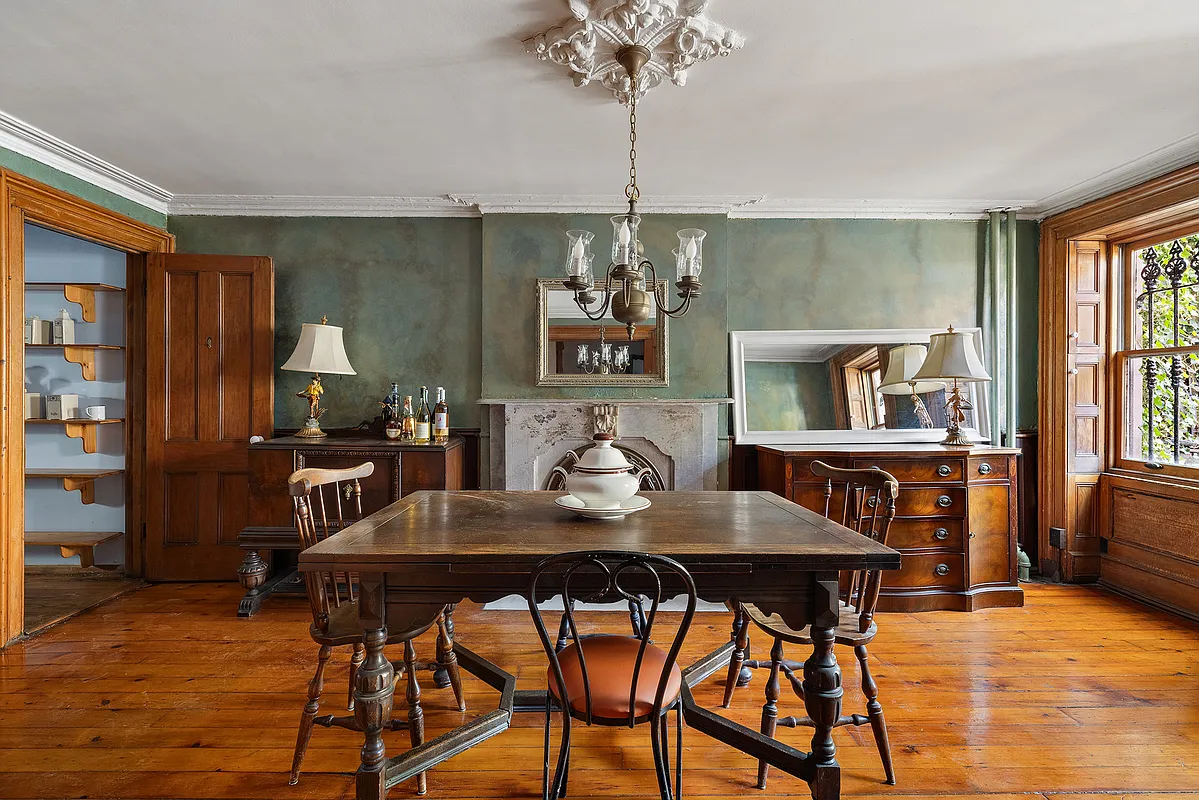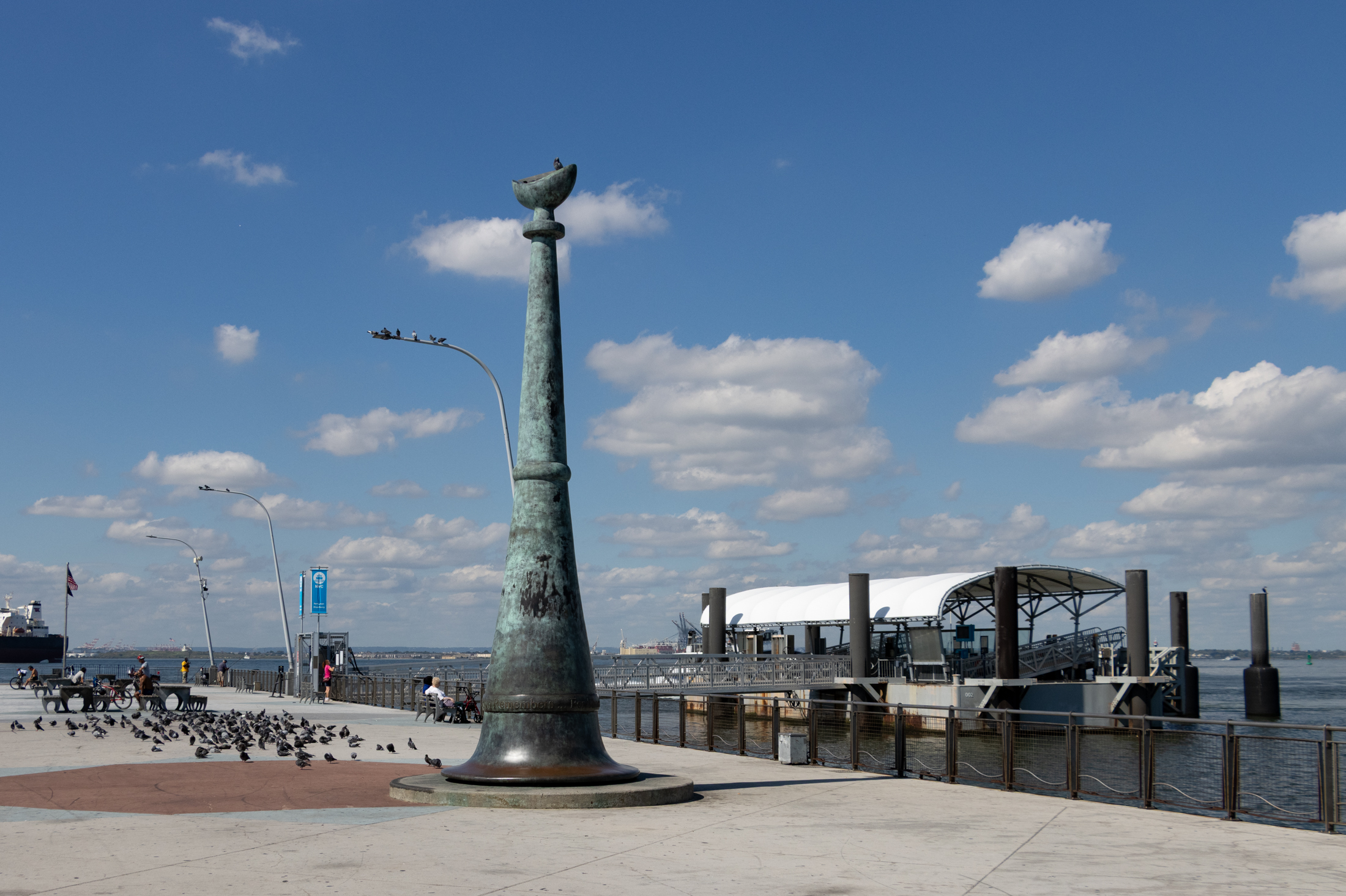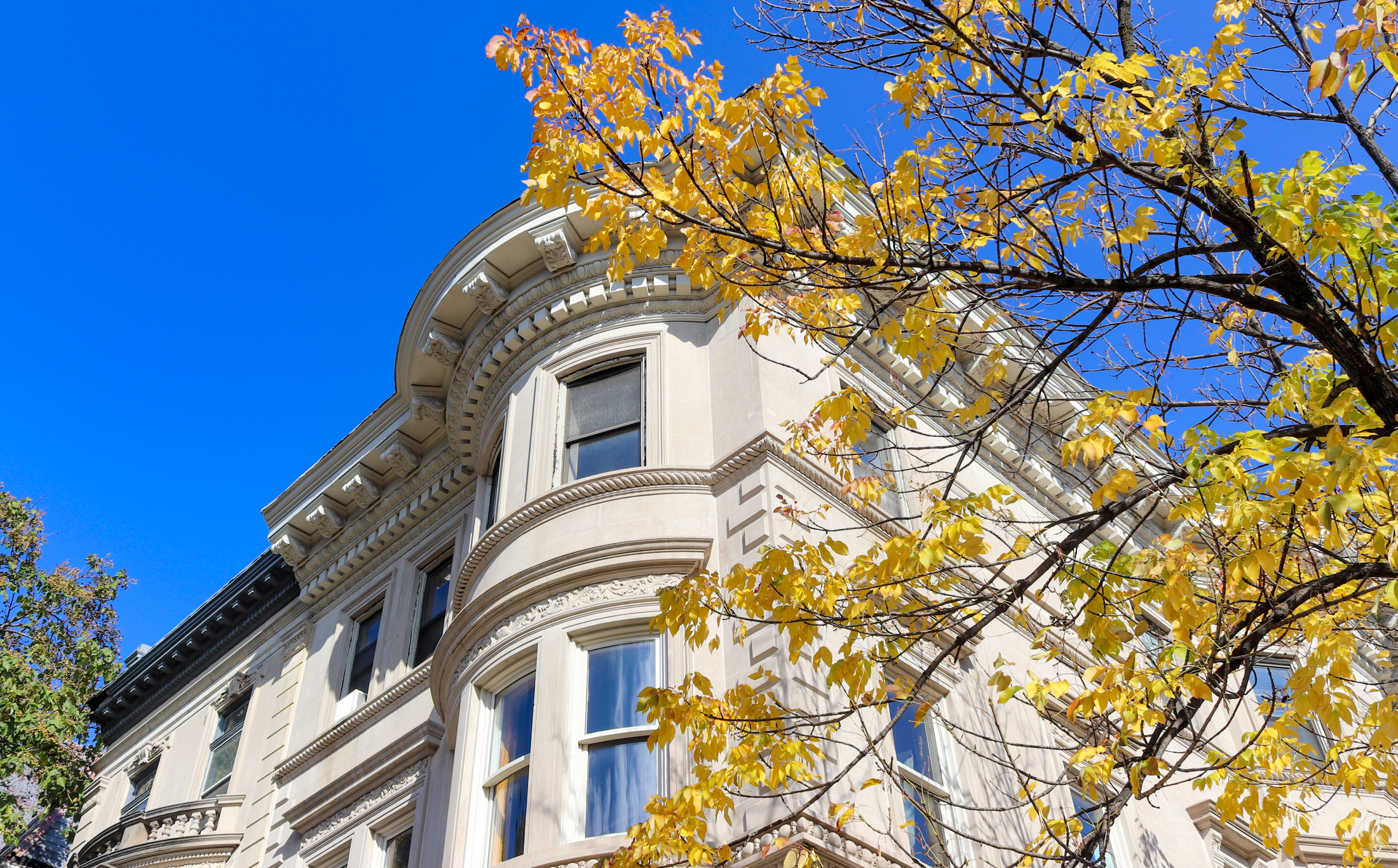In Greenwood Heights, That Old Sinking Feeling
Contractors excavating the site of a planned 4-story building on 20th Street haven’t exactly been playing nice with the neighbors. Last week the DOB did a surprise inspection of 300 20th Street and found that excavation work on the property had caused a partial collapse of the rear extension of the building next door, the…


Contractors excavating the site of a planned 4-story building on 20th Street haven’t exactly been playing nice with the neighbors. Last week the DOB did a surprise inspection of 300 20th Street and found that excavation work on the property had caused a partial collapse of the rear extension of the building next door, the K&H Deli on 6th Avenue. The inspectors determined that there had been inadequate underpinning of the deli and that the backyards of two other adjacent properties had also been undermined. Luckily, no one was hurt by the partial wall collapse, and a contractor’s been brought in to repair the damage. We ran into the new contractor yesterday, and he told us the accident was sadly commonplace. I see problems like this with underpinning just about every other day, he said. People try to go the cheap route and it ends up costing them more. GMAP P*Shark DOB





19th century houses in Brooklyn are, very unfairly, sitting “piles” (not ducks but that too). There should be separate procedures for work done next to these structures – not just for official LPC designated properties. I like the suggestion about allowing a lien to be put on developers’ projects if they cause damage to adjacent structures. That and maybe finally, some criminal penalties for the worst offenders might put some teeth into regulations. There are many projects where when an adjacent structure sustains cracking and other damage caused by careless, inept, quick and cheap work next door, the construction continues anyway. DOB has to stop fining the homeowner who’s property had been damaged for the damage and for any other violation that they can find when they answer an SOS call.
2:07pm
You are absolutely right. The new 48hr notification period for excavation (of any kind!) works.
Case and point. Kudos to the DOB for getting this enforcement team into effect.
Now, if we could only get the folks who pull shit like this from being banned from doing work in NYC (via DOB), then we’d be getting someplace.
The deli has a long top to bottom crack in it’s brick facade where the extension is pulling away from the main building. Most insurance policies don’t cover damage to your property by your neighbor’s contractor. The foundation contractor is now required by law to have his own insurance before he starts the job. By the way the DoB actually DID its job this time! They deserve praise in this case.
Who pays for the “new” contractor. Can the damaged neighbor put any sort of lien on the offending property owner’s land to insure that they are compensated for any damage? Does insurance cover this type of damage?
Hey,
WHy is DOB always the whipping the boy? Didn’t they catch the problem as the post states?
Hey 10:48,
I’ll go with answer C.
And to the developers/owners/G.C.s who hire unqualified imbeciles to do this kind of excavation work – are you idiots?
you might as well have these guys do your dental work too…
twenty years ago underpinning was a specialty trade governed by stringent quality inspections set up by the DOT and conducted by an engineer. Now there is self-certification and a building boom and anything goes.
Many contractors and even many freshly minted engineers have no idea how shallow historic foundations are. These old foundations are sometimes nothing more than rubble stones that will roll out if not kept in place by an adjacent wall.
When a hole is made next to the foundation of an old house, the neighbor’s foundations have to be underpinned and braced. Otherwise they will subside and the bearing wall collapses. When the bearing wall collapses, the building collapses. Historic structures 101. This is happening a lot in New York. Perhaps the contractors do not want to extend into the neighbors property, but they have to go beneath the neighbor’s walls to pour concrete and underpin the old wall. The DOB shares the blame for looking the other way for years. Now it is a crisis and they have a SWAT team trying to deal with the problem.
A) Understaffed; B) Incompetent; C) Graft; or D) All of the above
Why isn’t the DOB all over these guys? what a joke